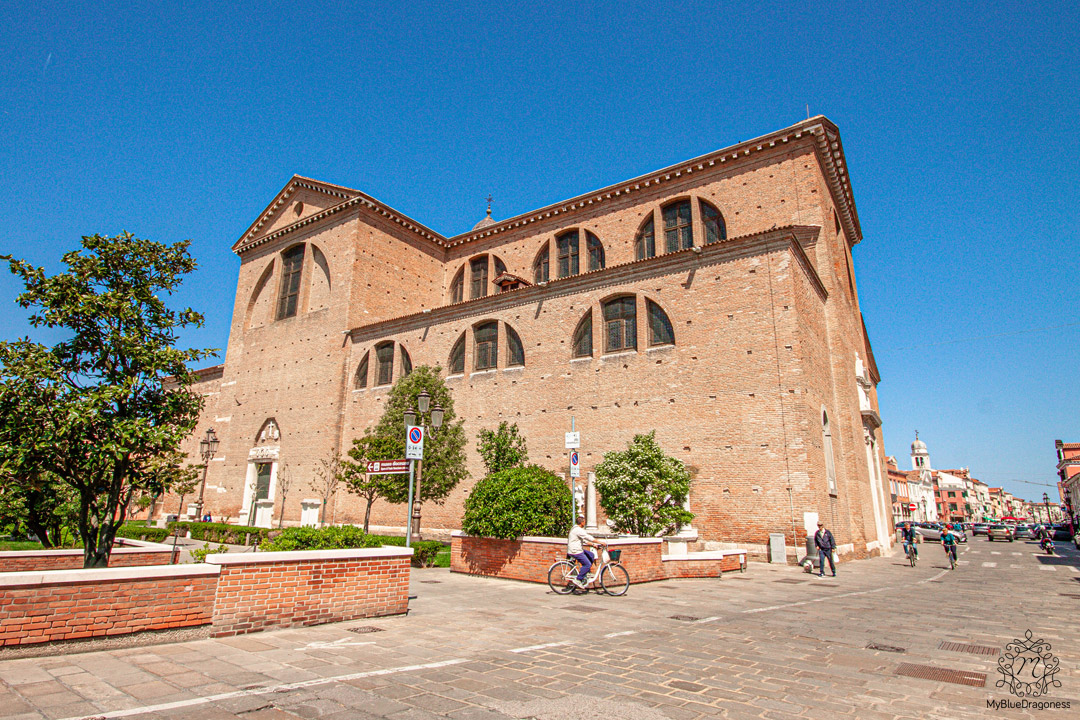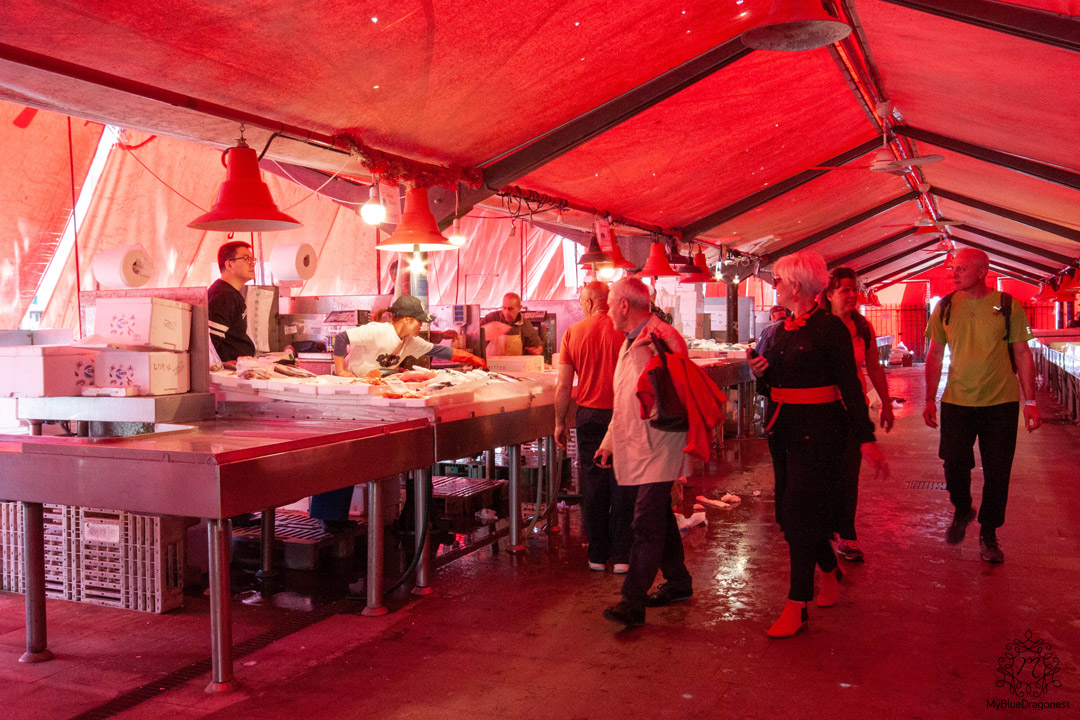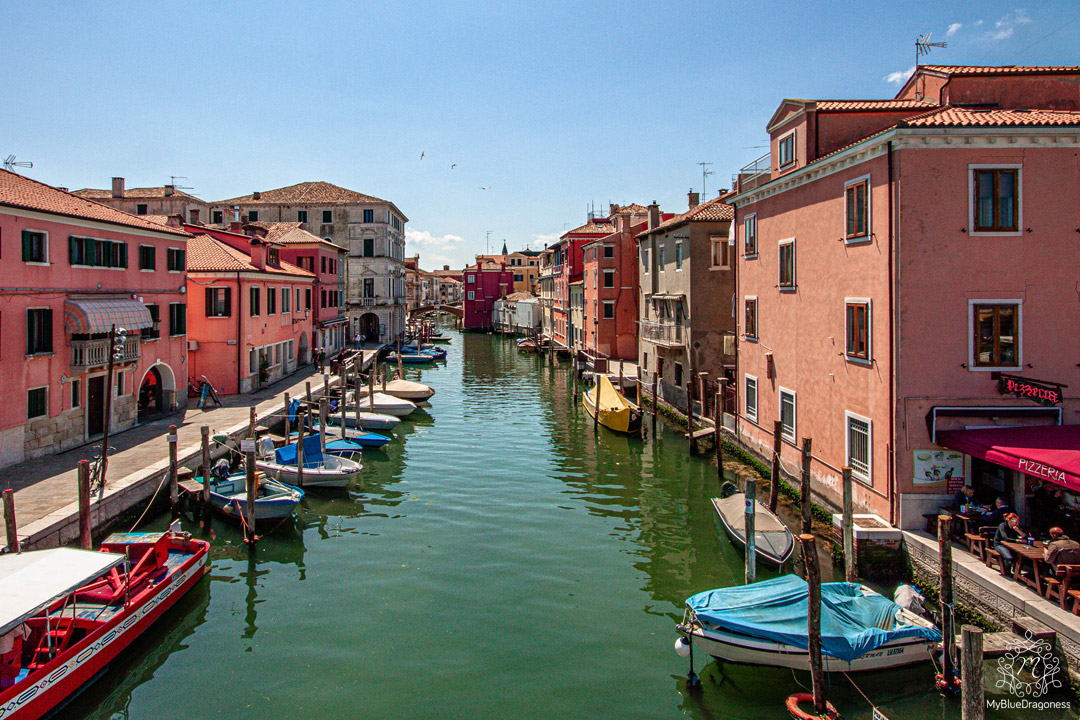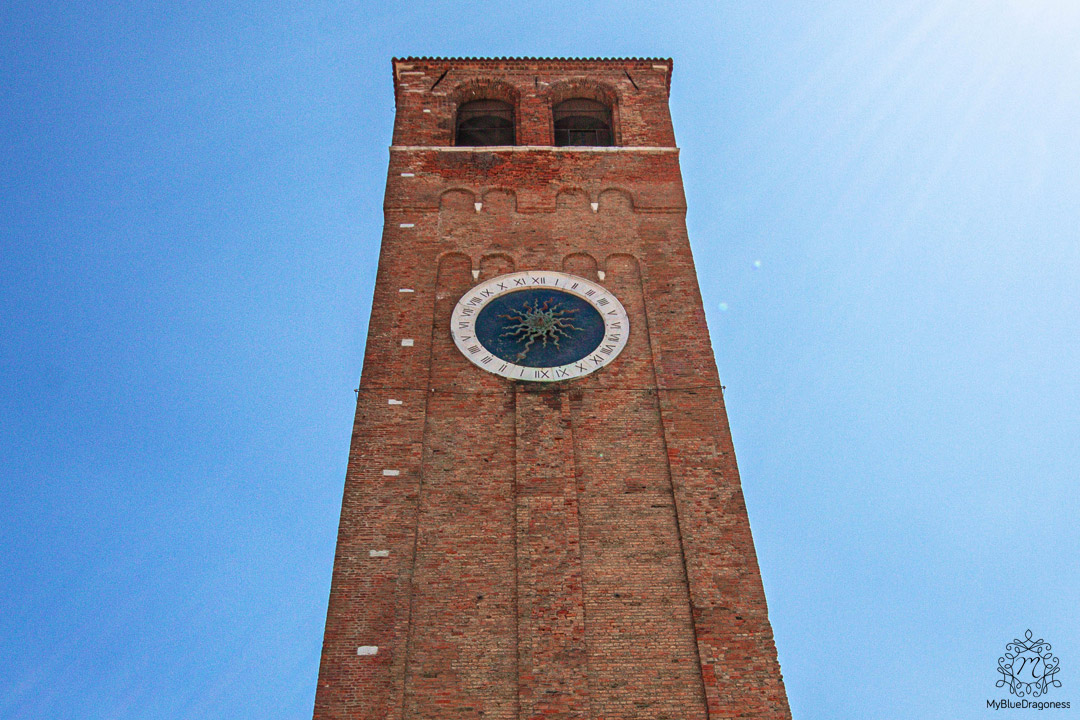You’ve all heard of Venice, have it on your bucket list or already been there. That is to be expected as Venice is a pure gem on Italy’s Adriatic coast. But have you ever heard of Chioggia?
Chioggia (pronounced Kiodscha) is located on a small island at the southern edge of the Venetian lagoon about 25 km from Venice by water and 50 km by road. Like its bigger sister, it has canals, piazzas, those characteristic narrow streets known as calli and beautiful bridges. It has churches, towers, it is built on wooden piles and it has that unmistakable Venetian vibe we all drool over when looking at the photos on social media.
Chioggia is smaller, so much less maddeningly crowded than Venice and ultimately more unspoilt in its authenticity. It is nicknamed “Little Venice” for an obvious reason: it is a miniature version of Venice. And you should include it in your Italian travel itinerary. Why? So many reasons, but let me give you a visual idea how Chioggia looks like.
Porta Garibaldi town gate and the Chioggia Cathedral

If you’re visiting Chioggia by car this is probably where you will start your explorations. An old stone town gate called Porta Garibaldi is your gateway into the city. The structure dates back to the 1530 and was used as a defense fortification. Through this gate you enter Chioggia’s main street, Corso del Popolo (it translates as Way of the People).
A monumental Chioggia Cathedral of St. Mary of the Assumption greets and awes you. Founded in the eleventh century, it stands on the site of a much older church. It became a cathedral in 1110 and saw its rebuilding in the 17th century by Baldassarre Longhena with a design that blended Corinthian and Ionic styles. The bell tower, dating back to the 1347, stands in the square besides the cathedral. You can already feel the grandeur of the town you’re about to explore!

Corso del Popolo

The main street is where the city life is happening. This is where people meet and chat, this is where most of the shops, restaurants and bars with their tempting outside tables are. Corso del Popolo is 800 metres long and stretches from the Porta Garibaldi to the port on the northern edge of this town. Along the street you stroll past Chioggia’s most important buildings, churches and palaces. Corso del Popolo is large, long and straight and gives Chioggia its unique character. This main street is something that Chioggia has and Venice doesn’t. I’ve spent my summers in Venice when I was a teenager so I know the Venetian vibes very well. The Chioggia experience is much the same and, thanks to its main street, quite different at the same time. To me it is a perfect blend and one of the reasons I would suggest visiting Chioggia.

The fish market

For Chioggia, fishing has always been one of its major commercial activities and remains a significant economic sector. It is the town’s tradition, its institution and pride. The fish market in Chioggia is one of the largest wholesale fish markets in the region and it is a place where fishmongers sell fresh fish of all kinds. There’s also a retail fish market located in the centre of this town behind Palazzo Granaio between Corso del Popolo and Canal Vena. This market is very lively, colorful and oh so dynamic, so it’s no wonder it is a real tourist attraction. If you wanna experience the atmosphere of the daily life in Chioggia, this is where you should go. But be early as you will not find much going on here in the afternoons.
Canal Vena

Canal Vena is Chioggia’s main channel with amazing views and lined with fishing boats. The urban characteristics on both sides of this canal are very similar to those of Venice. Canal Vena has nine bridges, the grandest among them being the Vigo Bridge. Everything here reminds you of Venice: street cafés, sellers of fresh fruit and vegetables, the boats, all the sights and sounds.

But there’s a plus side: it is not as crowded as Venice and you can easily get that perfect shot of yourself sitting on a bridge. Or at the steps leading to the water. It is so much easier to enjoy the surroundings here! I mean, I totally fell in love with this small and so vibrant looking town.

Ponte di Vigo and the little lion of Chioggia

The Vigo Bridge with its characteristic steps is the grandest of Chioggia’s bridges. If you arrive on a public boat, this is where you start your Chioggia tour from. The bridge represents the city’s balcony and is equivalent to the Rialto Bridge in Venice. It was built in 1685 and replaced the old wooden one. Built from stone and embellished with marble from Istria it is truly a remarkable sight.

The lively square next to the Vigo Bridge bears the same name: the Vigo Square or Piazza Vigo. Adorning it is the Vigo Column which was discovered in 1763 during excavations. Carved in greek marble it features a lion of St. Marc on its top. This lion is popularly called “the cat”. There are a few different legends about the “el Gato de Ciosa” (the cat or the little lion of Chioggia). One of them says that the winged lions of Venice just wouldn’t give a Venetian cat a break so she fled to Chioggia and climbed to the safest place there: the column in Piazza Vigo. The lions followed her but they couldn’t reach her. So they sat down on the Vigo Bridge and as the time passed they lost their wings and turned to stone. And they’re all still here, the cat and the wingless lions.
The Clock Tower of St. Andrew’s
The ancient Tower of St. Andrew’s was built a thousand years ago. It houses a mechanical clock that dates to the 1386 and originally belonged to the Praetorian Palace which burned down at the beginning of the 19th century. And this clock is really special! It is believed to be the oldest working model of its type in the world. The clock is reputedly the work of the Dondi family and there is actually no reason to doubt it as they were in the city at the time of the clock’s conception. The Clock Tower has been turned into a museum where you can observe how this ancient and invaluable clock functions while enjoying a first class view of the city.

These are some of the visual highlights that I find most alluring in Chioggia. Of course, there’s more to this town. There’s the Church of Saint Dominic which is built on its very own island in Chioggia. There are sandy beaches in Sottomarina that go on for miles. There are so many churches, museums, colorful narrow streets and other sights to visit and enjoy here. Let’s leave some of them to you, travelers, to discover on your own. That’s the best way to experience and to get to know new places anyway.



























I love this part of the travel. I can’t wait for the next adventure.
Thank you very much 🙂